
COR® is a voluntary employer certification program intended to motivate employers to take a proactive role in occupational health and safety. COR® certification is issued by WorkSafeBC to an employer who has successfully implemented an effective OHSMS and has passed a certification audit.

The National Construction Safety Officer (NCSO®) and National Health & Safety Administrator (NHSA™) designations offer proof of competency in construction safety at a nationally-recognized level. This program delivers practical training in a range of construction safety management skills and principles.

The BCCSA's Traffic Control Person (TCP) Program is British Columbia's most established training program for traffic control. We train numerous TCPs across the province. Our program offers courses for both individuals new to traffic control and those seeking renewal.

Individuals who hold the Certified Concrete Pump Operator Certification (CCPO) have demonstrated their theoretical understanding of concrete pump operations, and have proven their ability to effectively apply this knowledge while working in the field.
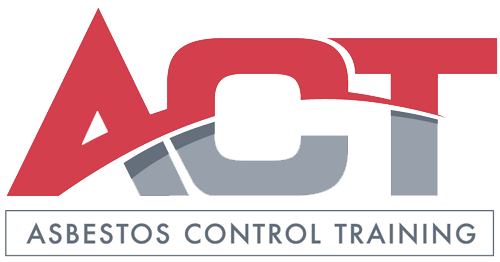
The government of British Columbia has introduced new asbestos worker certification regulations to enhance safety. These rules stipulate that those conducting asbestos abatement work in BC must be trained and certified, while employers are obligated to secure licenses.
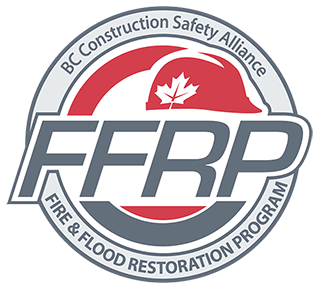
The Fire & Flood Restoration Program (FFRP) is an initiative aimed at enhancing safety within the restoration industry. Through this program, we offer a range of safety training modules and valuable resources tailored to the needs of professionals in the restoration field.

The Technical High Angle Rope Rescue Program (THARRP) prepares fire department personnel in technical rope rescue techniques, specifically for rescuing workers in distress at elevated heights, such as tower crane operators.

All instructor-led, self-paced, classroom, and online training offered by the BCCSA.

Find and register for upcoming BCCSA training available throughout the province, in sortable list view.

Find and register for upcoming BCCSA training in month-to-month calendar view.

The Student Audit Assignment is required to attain BCCSA’s COR® Internal Auditor certification. Microsoft Excel is required.
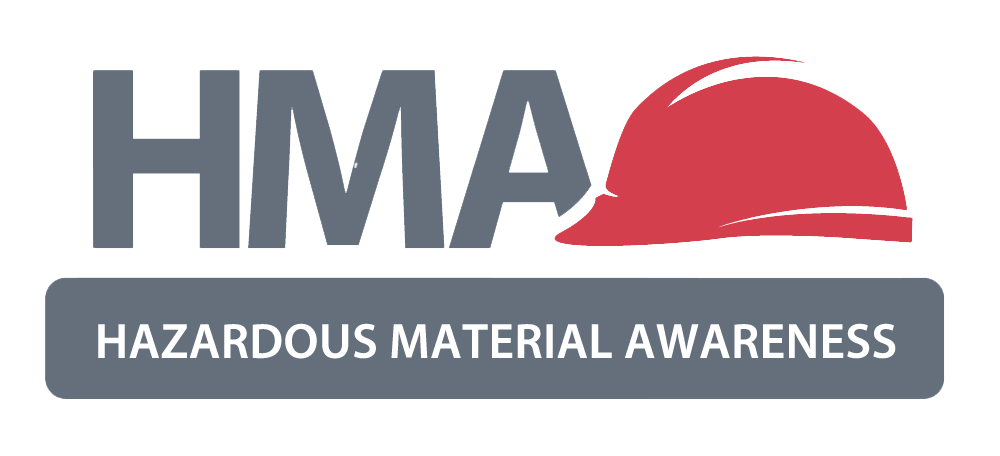
HMA covers 11 different hazardous materials and outlines the hazards associated with each material, as well as the negative health effects they can cause. HMA also covers recommended practices relating to the removal, control, and disposal of hazardous material. The materials covered are commonly found in restoration work, including lead, mould, chemicals, and more. HMA is also available at no cost to anyone employed in the fire and flood restoration industry.

Our Minds at Work for Construction training is divided into two parts: Part 1 is designed to increase mental health awareness, its workplace impact, and challenges stereotypes. Part 2 equips supervisors and foremen with tools and strategies to manage mental health issues within their teams.

Our PHSM eLearning course is designed to provide clear guidance and practical instruction for creating a concise and effective Health & Safety manual. This manual not only ensures compliance with regulations but also prioritizes the well-being of your workers.

SiteReadyBC is the first comprehensive construction site safety orientation program created specifically for British Columbia. It equips workers with essential knowledge to comprehend safety regulations on any construction site in the province and empowers them to work confidently.

Our DEV eLearning course serves as a comprehensive guide on the safe utilization of dust extractor vacuums for managing exposure to respirable crystalline silica in construction settings.

Our Webinar Series is designed to offer in-depth insights, expert guidance, and practical solutions on a broad range of OHS topics. We delve into the critical aspects of maintaining a safe and secure workplace.

The Silica Control Tool® assists employers in performing thorough risk assessments and implementing effective controls and safe work practices in situations where silica dust poses a potential occupational hazard.

Every employer in B.C. needs to prepare a written first aid assessment for each of their workplaces. This app is designed to help construction employers to determine the first aid equipment, supplies, and facilities required at each of your workplaces.

Discover our library of occupational health & safety resources, including documents, materials, files, and links. Our resources are designed to support you in promoting workplace health & safety and mitigating occupational hazards effectively.

BCCSA Regional Safety Advisors (RSAs) serve the entire province of British Columbia and provide free, hands-on assistance to BCCSA members of all sizes.
Our experienced RSAs can assist with various OHS inquiries, such as WorkSafeBC regulations, safety program development, materials preparation, and readiness for COR® certification.

RE-MIND is dedicated to enhancing BC construction workers' access to mental health information and support services. RE-MIND encompasses the content available on the RE-MIND website, as well as The Lone Hunter video and Toolbox Talk resources.
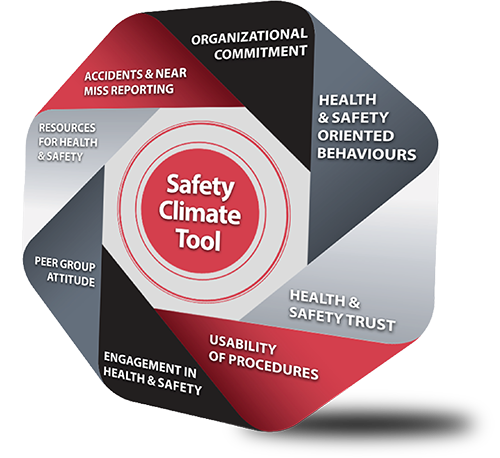
Assess and strengthen your organization’s safety culture with the Safety Climate Tool survey—a quick, anonymous, 10-15 minute survey designed to capture how safety is truly perceived across all levels of your workforce. With customizable questions and easy online or paper-based access, this tool offers actionable insights to help foster a safer, more proactive working environment.
Responses to the most frequently asked questions we receive. If you have any additional questions or require further clarification, please don't hesitate to reach out to us. We're here to help and ensure you have all the information you need.
List of terms and definitions related to construction occupational health & safety (OHS). This glossary serves as a reference to terminology commonly used in the field.
The BCCSA Injury Management Service (IMS) is designed to simplify the process and provide practical solutions to:


BCCSA's Regional Safety Advisors (RSAs) offer free, hands-on assistance to all BCCSA members across British Columbia. Our knowledgeable RSAs can help with a range of OHS topics, including WorkSafeBC regulations, safety program development, preparing materials, and readiness for COR® certification.

The BCCSA serves on committees that examine select matters involving occupational health & safety in BC.
OHS handbooks, guides, manuals, and other materials for your workplace.

Designed with safety in mind and developed for construction supervisors, keep record of your daily activities.
Register and join us in upcoming events.
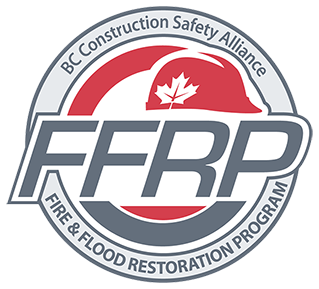
The Hazardous Materials Awareness Training Guides assist employers in providing a basic health and safety awareness with respect to hazardous materials.
The guides will provide the following by defining:
| Title | Type | |
|---|---|---|
|
The purpose of this training is intended to provide basic health and safety awareness with respect to hazardous materials. |
||
|
Asbestos is a naturally occurring mineral fiber that was once widely used in construction for its heat resistance, insulation properties, and durability. It was used in construction materials, such as roofing, insulation, and flooring. However, asbestos is today well-known for its severe health hazards, and its subjecct to strict controls and restrictions. |
||
|
Lead is an inhalation and ingestion hazard. Breathing lead dust into the lungs or ingesting lead is toxic. |
||
|
Mercury is a neurotoxin that can enter the body through inhalation, skin absorption, or ingestion. |
||
|
Occupational exposure to silica dust is associated with the development of silicosis, lung cancer, and pulmonary tuberculosis and chronic pulmonary disease. Exposures may also be related to the development of autoimmune disorders, chronic renal diseases, and other adverse health effects. Acute silicosis can occur just weeks or months after a high exposure, and can be fatal. The other delayed health effects can appear years later. |
||
|
Exposure to mould can pose various health hazards, especially when it occurs indoors. The health risk severity can vary depending on the mould type, the extent of exposure, and an individual's sensitivity. |
||
|
Exposure to bird and bat droppings can pose health risks due to the potential presence of various pathogens and allergens. |
||
|
Sewage contains human waste, and coming into contact with it can lead to significant health risks. |
||
|
Potential adverse health effects from exposure to bodily fluids include transmission of pathogens, diseases, and bacterial & viral infections. |
||
|
Polychlorinated biphenyls (PCBs) are commonly used in dielectric fluids and as plasticizers, and exposure to them can lead to various health issues. |
||
|
The major concern associated with CFCs is their environmental impact, particularly their role in ozone layer depletion. |
||
|
Exposure to large amounts of radioactive materials can be a health hazard if ingested, inhaled, or absorbed. |
||
|
Chemicals are substances that can be found in various forms, including gases, liquids, and solids. While many chemicals are safe when used properly, some chemicals can cause health hazards under certain conditions. These chemicals require assessment and control. |
Toolbox Talks are informal safety meetings that focus on safety topics related to the specific job, such as workplace hazards and safe work practices. Meetings are normally short in duration and are generally conducted at the job site prior to the commencement of a job or work shift. It is one of the very effective methods to refresh workers' knowledge, cover last minute safety checks, and exchange information with the experienced workers.
Toolbox Talks are also intended to facilitate health and safety discussions on the job site and promote your organization’s safety culture. Toolbox talks/meetings are sometimes referred to as tailgate meetings or safety briefings.
To transfer or cancel a registration, you must send a written confirmation to training@bccsa.ca If written notification is not received within the stated time frame, the full course fee will be charged.
The BCCSA and its venue partners reserve the right to cancel any courses due to insufficient enrollment or other causes. In this case, you will be notified by the BCCSA through phone call or email at least 5 business days prior to the course.
Please enter your e-mail address below. A password reset code will be e-mailed to you, which you'll use when creating a new password for your account.